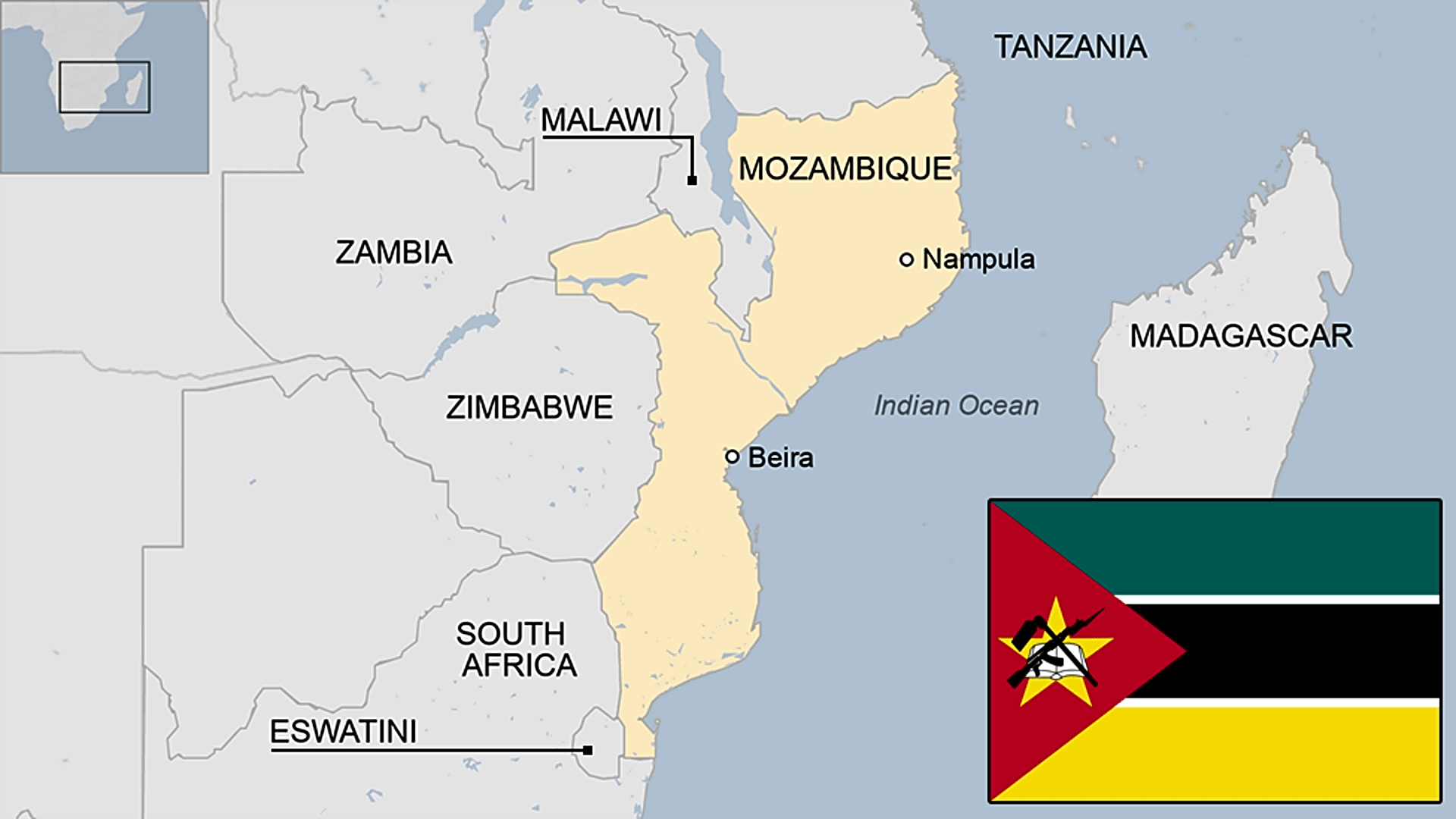Introduction
The intersection of wildlife conservation and technology has opened up a world of possibilities for preserving and protecting African ecosystems. Artificial Intelligence (AI) is increasingly being used to enhance conservation efforts, providing new tools and techniques for monitoring, studying, and managing the diverse wildlife found across the continent.
The Power of AI in Wildlife Conservation
AI technologies, such as machine learning and computer vision, have revolutionized the way we collect, analyze, and interpret data in various fields. In wildlife conservation, these tools have proven particularly valuable. Here are some key ways AI is helping to conserve African ecosystems:
1. Wildlife Monitoring and Identification
AI-powered systems can analyze vast amounts of camera trap data to accurately identify and track individual animals. This allows researchers to monitor population trends and movement patterns, aiding in the understanding of animal behavior and habitat usage. With AI, conservationists can more efficiently monitor endangered species and take necessary actions to protect them.
2. Anti-Poaching Efforts
Poaching remains a significant threat to wildlife in Africa. AI technology has proven instrumental in
combating this illegal activity. AI algorithms can analyze patterns in historical poaching data and generate predictive models to identify high-risk areas. Real-time monitoring using drones and ground sensors, coupled with AI-enabled image recognition, helps detect and deter poachers, improving the efficacy of anti-poaching efforts.
3. Habitat Restoration and Management
AI algorithms can analyze satellite imagery and remote sensing data to assess habitat conditions and identify areas that require restoration efforts. This helps conservation organizations prioritize their resources and implement targeted management strategies. AI can also assist in tracking and managing invasive species, which pose a threat to native flora and fauna.
Challenges and Future Directions
While AI holds immense potential for wildlife conservation in African ecosystems, some challenges need to be addressed. Limited access to advanced technology in some areas, insufficient data for training AI models, and privacy concerns are among the key obstacles. However, as technology continues to evolve, these challenges can be overcome.
Looking ahead, the future of AI in African wildlife conservation is promising. Continued research and
development will enable more sophisticated algorithms and improved accuracy in data analysis. Collaboration between technology experts and conservation organizations will help harness the power of AI in a way that aligns with the needs and goals of wildlife conservation.
Conclusion
AI is revolutionizing wildlife conservation in African ecosystems, offering innovative methods to address conservation challenges. By leveraging AI technologies such as machine learning and computer vision, conservationists can more effectively monitor wildlife, combat poaching, and manage habitats. Though there are challenges to overcome, the future looks promising as technology advances and collaborations strengthen. With AI, we have the potential to safeguard African wildlife and preserve these precious ecosystems for generations to come.


